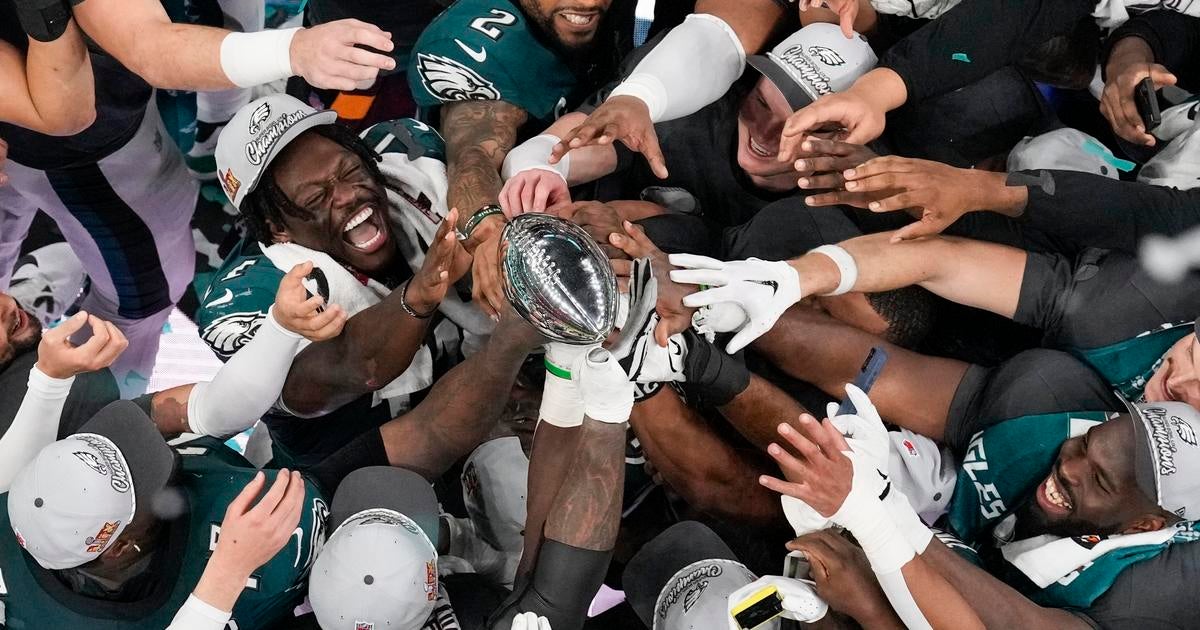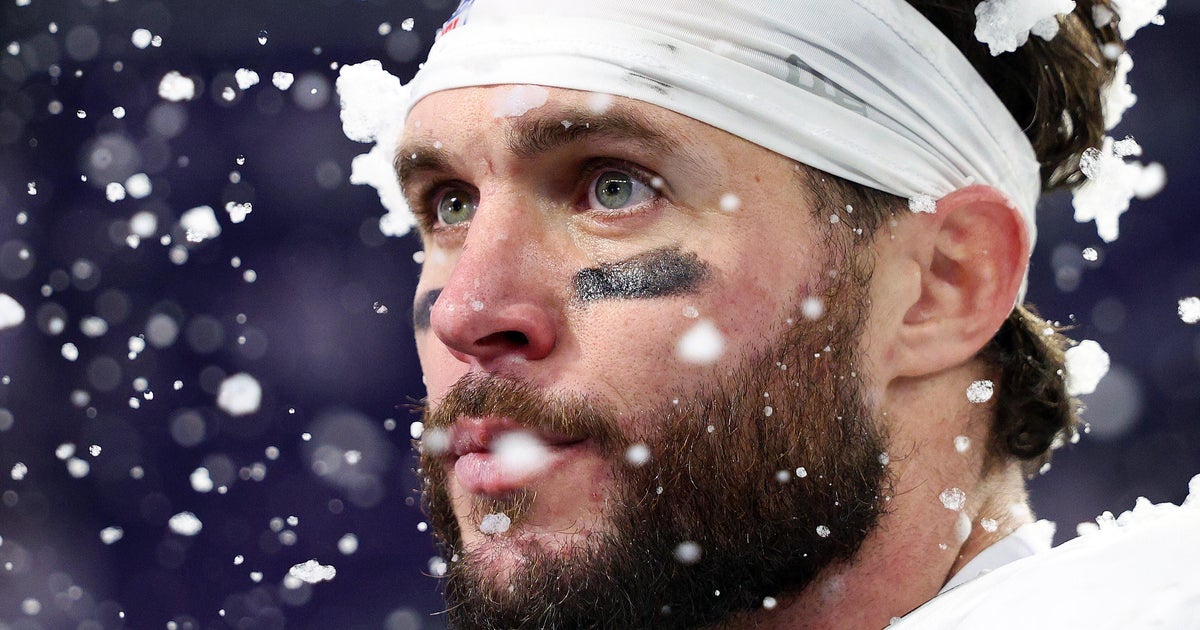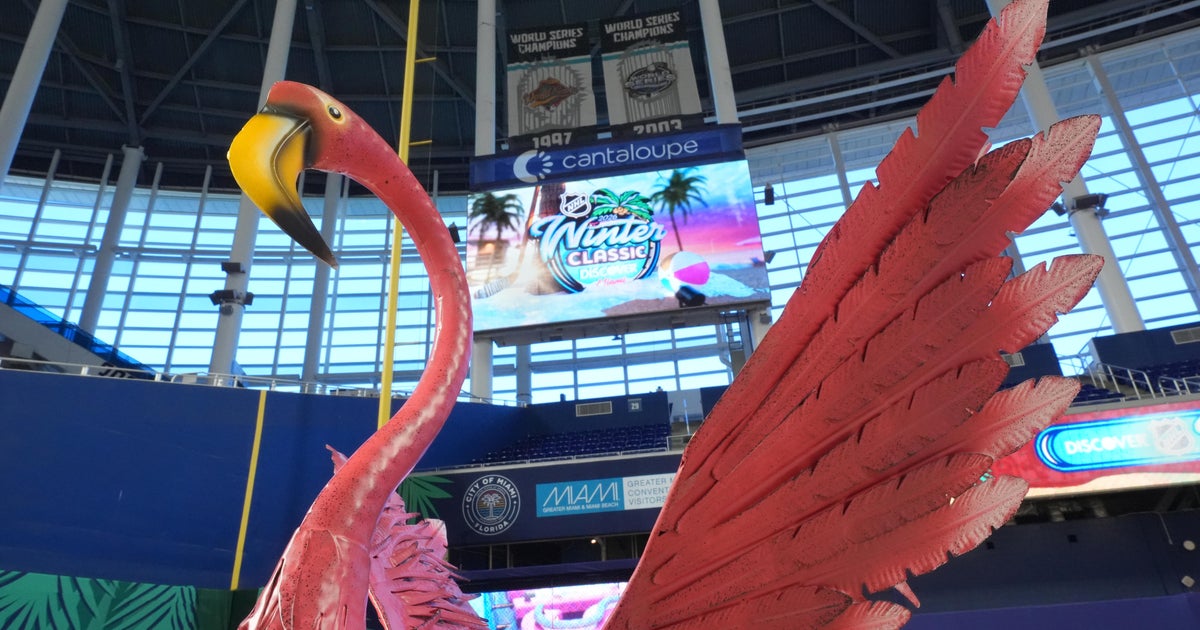Schmeelk: Porzingis Injury Leaves Knicks Asking Questions About Future
By John Schmeelk
» More Columns
The Knicks have had a weekend to process exactly what the Kristaps Porzingis knee injury means for the future of the franchise. The consequences could not be more drastic or real and should bring things into distinct focus for team president Steve Mills and general manager Scott Perry as they look toward the years ahead.
The injury simultaneously makes the present course clearer but clouds what comes after that. As you look further ahead, there is more and more uncertainty, and that question begins with Porzingis himself. What kind of career is he going to have? Everyone had a much better idea before last Wednesday night.
The history of NBA players who have undergone ACL surgery isn't littered with great successes. ESPN's Kevin Pelton put together a list of players ages 21-23 who suffered an ACL tear. They include Derrick Rose, Ricky Rubio, Nene, Iman Shumpert, Kendall Marshall, Nenad Kristic, Jared Jeffries, Jamal Crawford, Al Harrington, Jason Smith, Corey Brewer and Adam Morrison. Most struggled to regain their form, especially early in the rehab process. Crawford and Harrington were notable exceptions.
Every player is different. Porzingis' age -- 22 -- is working in his favor, as is the fact that his greatest weapon is his size and shooting. At 7-foot-3, he doesn't rely on side-to-side quickness, which a torn ACL affects more than anything else. He can still shoot over people, roll to the basket, post up and block shots. His shooting touch won't go away because of a knee injury. Even a permanent loss of some explosiveness shouldn't be debilitating to his game.
That doesn't mean the ceiling you once imagined for him isn't lower. Any sober, realistic assessment couldn't draw any other conclusion. The chance of him becoming the best player on a championship team just decreased. How much is anyone's guess. It can still happen, but can the Knicks count on it? Or should they now go about their business understanding that they have their 1B player, but still need their 1A? Or is he only going to be a second or third banana who can do a little of everything but not carry a team? There are no answers here, only best guesses.
MORE: Schmeelk: Porzingis Injury Latest Blow To Franchise Short On Luck
There are also legitimate questions about his future health. Can he stay healthy long enough to be counted on for a big responsibility such as carrying a team? Is this injury a sign that more are coming down the road? As FanSided's Jared Dubin wrote about before the year, all his injuries have come on the left side of his body. Is there a larger underlying issue there that needs to be addressed? Vice's Robert Silverman wrote a story before the season started about some of the unique ideas and methods of his personal trainer. Could that be an issue? These are question the Knicks need to find answers to.
Or maybe Porzingis' unique build at 7-3 simply means he is not going to have a long, durable career. It was always a risk when the Knicks drafted him. Players of that height do not have a great history of longevity. There's no certainty. There are only odds and probabilities that the Knicks' front office has to consider when it plans for the future.
It will make Porzingis' next contract, once a simple proposition for the Knicks, much trickier. This summer the team wouldn't have hesitated to offer him the five-year, $157 million or so (number will change based on the salary cap) extension that would have kicked in during the 2019-20 season. Can they offer him that contract while in the middle of ACL rehabilitation? It would be a huge leap of faith. That offer can be put on the table starting July 1 and remain available until the start of the 2018-19 regular season.
If the Knicks do not want to offer Porzingis the max extension while he is rehabbing this summer, they have to wait until the summer of 2019, when he is a restricted free agent and the Knicks can match any offer made to him. Waiting would free up a significant amount of money -- from my research, close to $10 million -- on the cap that summer since his cap hold would be much smaller than the first year on his max deal (about $17 million vs. $27 million). The Knicks could use those savings to make an offer on a max free agent. They could then go over the cap to sign Porzingis to a max extension worth $155 million or so for five years.
LISTEN: 'City Game' Podcast: Talking Trade Deadline, Porzingis Injury
Waiting has a risk, however. If Porzingis decides he doesn't want to play in New York, or is angry the Knicks waited to offer him a deal, he could sign the qualifying offer in the summer of 2019 and play for just $7.5 million for one season. He would then be an unrestricted free agent in the summer of 2020. He would leave a lot of money on the table and risk another injury, but it would not be impossible to imagine if he really wants out of New York.
I would consider this very unlikely given the ACL injury. Porzingis would probably be more motivated to take the big money on the table as quickly as possible before another potential injury could really devastate his earning potential. It would be an incredibly risky move for Porzingis to play on a one-year deal given what just happened to him. Yet it is still a potential scenario the Knicks would have to consider.
The Philadelphia 76ers had a similar decision to make on Joel Embiid this past summer. Despite numerous foot injuries and knee surgery, they signed him to a five-year, $146 million contract in October. The contract did have some team protections for injuries, but it was still a big bet on an injury-prone player who had barely played in the NBA. Embiid will be in the All-Star game Sunday.
The Knicks face a similar decision with Porzingis, whose injury is more serious than any one of the individual maladies that Embiid had, even if he doesn't have as long of an injury history. The Knicks could also offer him a similar (smaller than the max) extension filled with caveats and incentives based on his health. Porzingis might jump at the thought of that kind of security and generational wealth while rehabbing an ACL tear, and the Knicks could save some money long-term.
As for the immediate future, there's no way to know where Porzingis' recovery will land in the seven- to 13-month timeframe for an ACL recovery. But given his unique build and importance to the franchise, the Knicks would be wise not to rush him. That means he will likely miss at least 30 to 40 games of next season. If that happens, the Knicks are not going to make any playoff run. Porzingis will need time to get his legs underneath him when he returns and can't realistically be asked to dig the team out of the likely deep hole it would be in.
The only logical path is to plan for the 2019-20 season. By then the Knicks will have two more lottery picks on the roster, close to maximum cap space in the summer of 2019 and Joakim Noah with one year remaining on his deal as an expiring contract, to add to Porzingis, Hardaway Jr., Ntilikina and whatever holdovers are on the roster. With Porzingis' future less than certain, maintaining maximum cap space for the summer of 2019 is essential so the Knicks can possibly add another 1A level franchise talent.
Porzingis is still a big part of the Knicks' future. How big a part? Right now, no one knows. It is not hyperbole to say the cornerstone of the franchise's future has a crack. There's more doubt than there has ever been. It's going to take some time for Porzingis and the Knicks to figure it out. The hope is that his knee will eventually be as good as new. Until then, the franchise has some questions that need answering.
For everything Knicks, Giants, and the world of sports, follow John on Twitter at @Schmeelk







